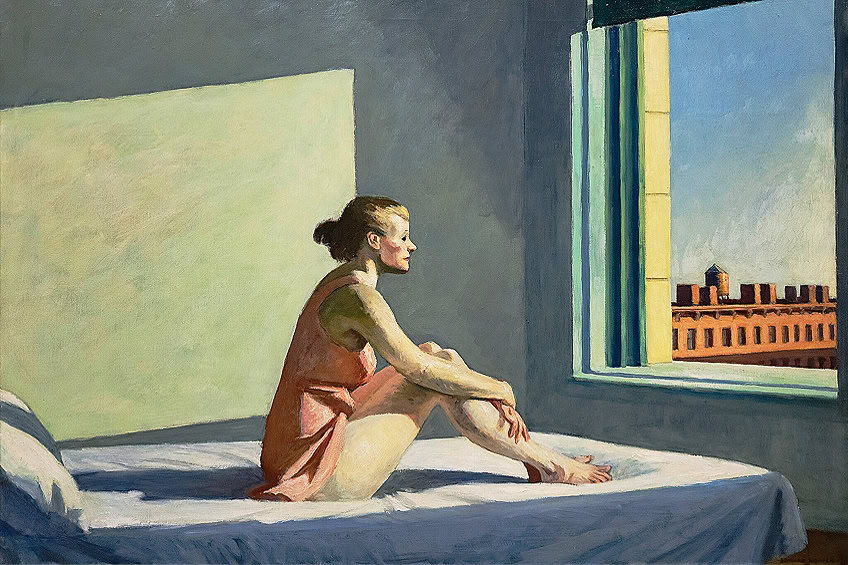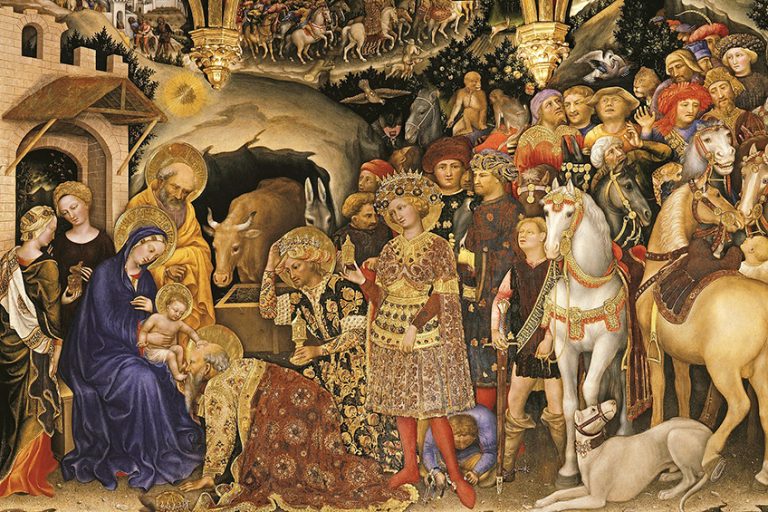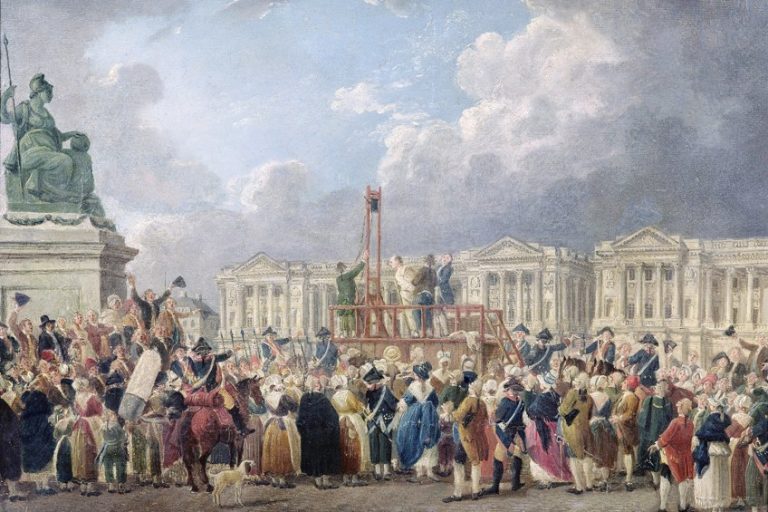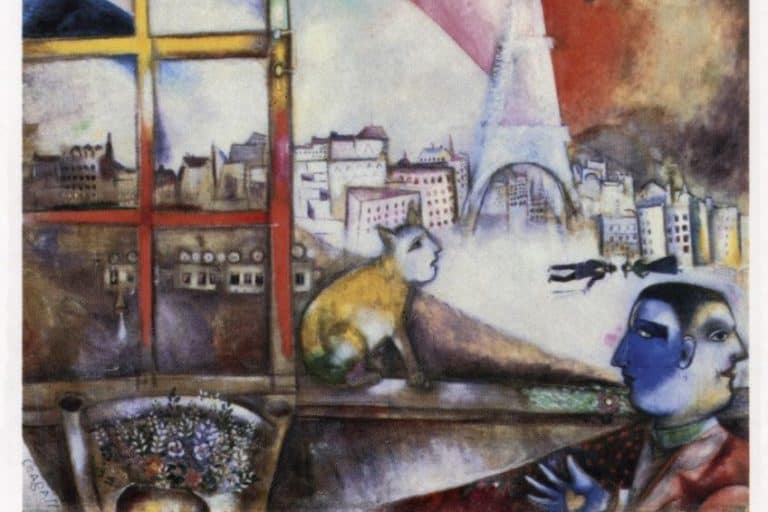“Morning Sun” by Edward Hopper – A Glimpse of Solitude
Morning Sun, painted in 1952 by the iconic American artist Edward Hopper, stands as a poignant example of his ability to capture solitude and introspection within the everyday. This oil on canvas depicts a lone woman sitting on a bed, bathed in the warm, natural light of the morning sun as she gazes out a window. The composition is a masterful study of light and shadow, reflecting Hopper’s signature use of sharp contrasts and minimalist settings to evoke a sense of isolation and quiet contemplation. Through its stark simplicity and emotional depth, Morning Sun invites viewers to ponder the complexities of human existence and the moments of quiet reflection that punctuate our lives.
Key Takeaways
- Morning Sun is emblematic of Edward Hopper’s painting style, exuding a quiet sense of isolation within an urban setting.
- The painting’s focus is on Jo Hopper, the artist’s wife, and muse, who models in this contemplative morning scene.
- Since its inception in 1952, the painting has been celebrated for its artistry and is an integral part of Hopper’s legacy in American art.
Artistic Context of Morning Sun
| Artist | Edward Hopper (1882 – 1967) |
| Date Created | 1952 |
| Medium | Oil on canvas |
| Genre | Realism |
| Period/Movement | American Realism |
| Dimensions (cm) | 101.9 x 71.5 |
| Series/Versions | Single artwork |
| Where Is It Housed? | Columbus Museum of Art, Ohio, United States |
| What It Is Worth | Estimated at over $30 million (based on similar works by Hopper) |
Morning Sun, an iconic work by American artist Edward Hopper, continues to resonate with audiences since its creation in 1952. Synonymous with Hopper’s brand of realism, the painting captures the quiet solitude of an individual experience set against the backdrop of urban anonymity. The artwork features a woman—frequently identified as Hopper’s wife, Jo—sitting on a bed, gazing out of a window, as the light of the morning sun washes over her and the room.

Hopper’s masterful use of light and shadow, which plays a pivotal role in the painting, highlights the emotional and psychological undertone of the work, infusing it with a sense of introspection and contemplation. Morning Sun is a testament to Hopper’s ability to evoke narrative and emotion through the simplicity of everyday scenes, and it stands as a powerful example of American Scene painting, capturing a slice of life in mid-twentieth-century America.
Edward Hopper’s Influence
Edward Hopper, a towering figure in American art history, forged a distinct path with his focus on everyday realism and personal experience. His work often features elements of solitude and introspection, which he skillfully incorporates into urban settings and pastoral landscapes alike.
Hopper’s pieces are distinguished by his mastery in capturing the mood and atmosphere of a scene, which is profoundly evident in Morning Sun.
Painted in 1952, this piece is a vivid exploration of quietude and isolation. Notably, Hopper’s spouse, Jo, often served as his model, as in this painting. His work, housed in institutions like the Art Institute of Chicago, continues to influence countless artists and resonates with a wide audience.
Artistic Movement and Genre
Hopper’s work is frequently associated with American Realism, an art movement recognizing the mundane aspects of daily life in a naturalistic manner. Morning Sun itself is considered genre painting, focusing on ordinary domestic scenes without idealization. Hopper’s canvases, often set in New York or other locales emblematic of American life, reveal a deep-rooted essence of the era in which he painted.
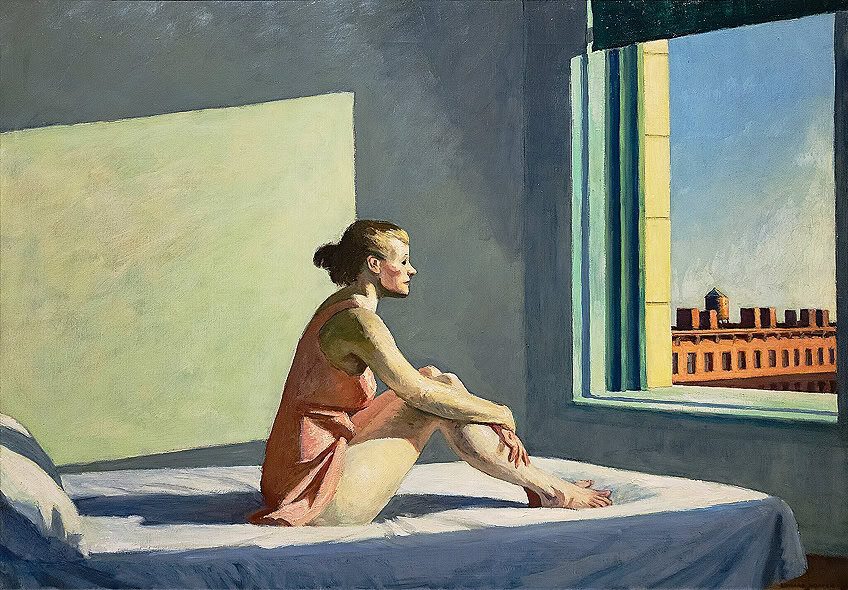
While not formally associated with any particular group of artists or movement, his works distinctly echo the loneliness and the changing dynamics of the modern American city. Hopper’s paintings, including Morning Sun, are foundational in art history conversations that revolve around realism, genre painting, and the portrayal of the American scene.
Analysis of the Painting
Morning Sun by Edward Hopper stands as a seminal work of art, emblematic of the themes of solitude and introspection. The painting is particularly noted for its use of light and shadow to evoke the emotional state of the figure within.
Symbolism and Themes
In Morning Sun, Hopper masterfully captures the essence of solitude and isolation. The central figure – Hopper’s wife, Jo – is depicted sitting on an unmade bed, her gaze directed outward from a window, perhaps symbolic of an inner world of contemplation. The presence of the bare wall and the stillness within the room may suggest a sense of stillness in the subject’s life as well. The use of light and shadow introduces a duality, where the sun’s warmth contrasts with the cool detachment of the solitary figure, possibly indicating a sliver of hope amidst a prevailing sense of loneliness.
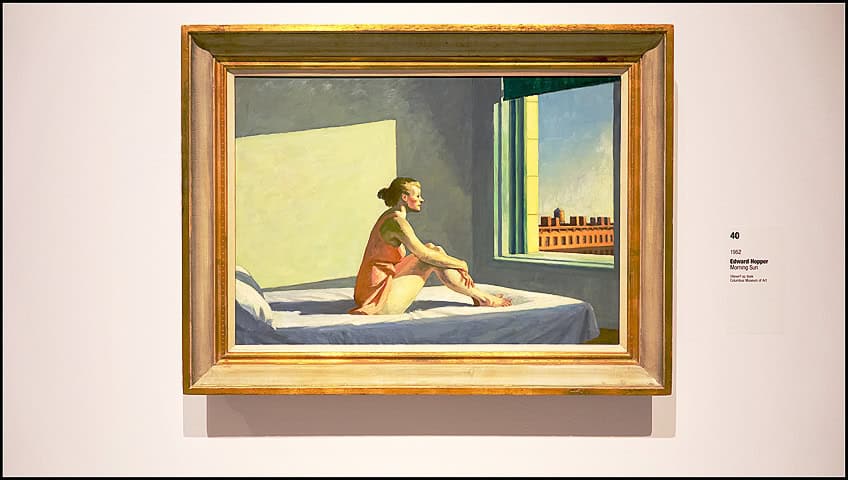
Composition and Light
Hopper employs a straightforward composition, with the figure placed off-center, gazing out of the window which allows sunlight to stream into the room. This light is a critical element in the painting, casting shadows that enhance the feeling of a three-dimensional space and spotlighting the subject in a way that almost isolates her further.
The sunlight can also be interpreted as a metaphor for enlightenment or insight, illuminating the woman’s contemplation.
Color and Technique
Utilizing oil on canvas, Hopper conveys a muted color palette in Morning Sun, with subtle shifts in color to articulate form and space. The pink tone of the woman’s dress, the use of whites and grays, and the flesh tinges indicate a restrained approach to color, emphasizing the meaning of the scene without overt drama. Hopper’s technique presents a realistic portrayal of texture, from the softness of the bed to the solidity of the bare wall, all contributing to the overall sense of quietude and reflection.
The Subject: Jo Hopper
In Morning Sun, Jo Hopper serves not only as the model for the painting but also as an integral component of its emotional depth and thematic complexity. The focused depiction of Jo reflects an intertwining of her roles as both the artist’s wife and a recurring figure in his artwork.
The Model and Her Role
Jo Hopper was not only Edward Hopper’s wife but also his frequent model and collaborator. Her presence is a recurring theme in Hopper’s work, and Morning Sun is a notable example. Jo’s contribution extended beyond sitting for the painting; she managed her husband’s professional affairs and played a critical role in his creative process.
Their relationship was one of both personal and professional interdependence.
Depiction of the Woman
The woman sitting on a bed in the painting is rendered with a sense of quiet introspection. The woman’s gaze is directed outward, seemingly through the window, where the morning sunlight bathes her in a warm glow, suggesting a poignant moment of self-reflection. Hopper’s portrayal moves beyond the physicality of his model to a more profound exploration of the human condition—specifically, the experience of being alone with one’s thoughts. This stillness and perceiving imbue the scene with a sense of temporal suspension.
- Posture: Upright, still, facing the sunlight
- Expression: Contemplative and introspective
Through Jo’s depiction, Hopper communicates a universal theme: the act of looking internally and the personal search for meaning within the mundane moments of life.
Exhibition and Legacy
Edward Hopper’s Morning Sun has been exhibited widely and contributed significantly to Hopper’s legacy as a representative figure in American art. This section explores its critical reception and the lasting impact on modern art.
Public Reception and Critique
Morning Sun, painted in 1952, quickly garnered attention for its introspective representation of urban solitude. The painting has been featured in key art institutions such as the Whitney Museum of American Art, known for housing one of the most comprehensive collections of Hopper’s work. Public intrigue was further fueled by the painting’s depictions of isolation, mirrored in other Hopper works like Nighthawks.
Critics have often highlighted Hopper’s unique ability to create compelling narratives through stillness and light, which Morning Sun exemplifies.
Hopper’s Influence on Modern Art
Hopper’s influence extends well beyond the initial exhibitions of his pieces. His distinct style has impacted a vast range of visual artists and has been a focal point for exhibitions not just at the Whitney Museum but across diverse institutions, including the Museum of Art in Paris. The contemplative nature of Morning Sun and his other urban scenes encourages viewers to ponder the human condition within the modern landscape, a theme that resonates in contemporary art. Notably, Hopper’s portrayal of the mundane yet emotive scenes has established him as a vital representative of the realist movement in American art history.

Morning Sun by Edward Hopper is a profound exploration of solitude, introspection, and the human condition, captured through the artist’s meticulous attention to light and space. This painting exemplifies Hopper’s ability to convey the quiet, often melancholic moments that define modern existence. Through the solitary figure bathed in morning light, Hopper invites viewers to contemplate the nuances of isolation and the quiet moments of self-reflection. As a quintessential piece of Hopper’s oeuvre, Morning Sun not only highlights his technical prowess but also reinforces his status as a master chronicler of American life, capturing the timeless and universal experience of solitude in the modern world.
Frequently Asked Questions
What Is the Interpretation of Edward Hopper’s Morning Sun?
Edward Hopper’s Morning Sun captures a solitary figure, his wife Jo, seated on a bed bathed in the light of the morning sun. The painting evokes a mood of reflection and introspection, hinting at themes of solitude and the human experience in the modern urban landscape.
Which Gallery Currently Houses the Morning Sun Painting?
The Morning Sun painting is a part of the collection at the Columbus Museum of Art. It continues to be displayed there, allowing audiences to appreciate this exemplary piece of American art.
What Are Some Notable Characteristics of Hopper’s Painting Style As Seen in Morning Sun?
In Morning Sun, Hopper employs a realistic style, with careful attention to the effects of light and shadow. The composition features clean lines and a restrained color palette, which is typical of Hopper’s style and underscores the solitary mood of the subject.
Isabella studied at the University of Cape Town in South Africa and graduated with a Bachelor of Arts majoring in English Literature & Language and Psychology. Throughout her undergraduate years, she took Art History as an additional subject and absolutely loved it. Building on from her art history knowledge that began in high school, art has always been a particular area of fascination for her. From learning about artworks previously unknown to her, or sharpening her existing understanding of specific works, the ability to continue learning within this interesting sphere excites her greatly.
Her focal points of interest in art history encompass profiling specific artists and art movements, as it is these areas where she is able to really dig deep into the rich narrative of the art world. Additionally, she particularly enjoys exploring the different artistic styles of the 20th century, as well as the important impact that female artists have had on the development of art history.
Learn more about Isabella Meyer and the Art in Context Team.
Cite this Article
Isabella, Meyer, ““Morning Sun” by Edward Hopper – A Glimpse of Solitude.” Art in Context. May 27, 2024. URL: https://artincontext.org/morning-sun-by-edward-hopper/
Meyer, I. (2024, 27 May). “Morning Sun” by Edward Hopper – A Glimpse of Solitude. Art in Context. https://artincontext.org/morning-sun-by-edward-hopper/
Meyer, Isabella. ““Morning Sun” by Edward Hopper – A Glimpse of Solitude.” Art in Context, May 27, 2024. https://artincontext.org/morning-sun-by-edward-hopper/.


